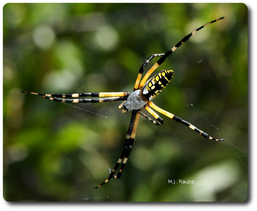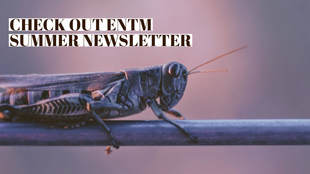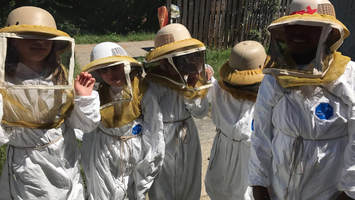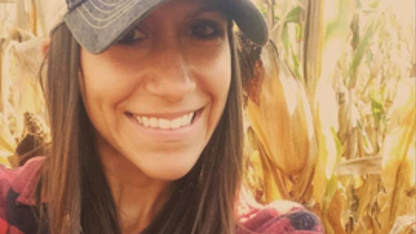 Spider feeding live! Explore the world of entomology and see the fascinating Black and Yellow Garden Spider (Argiope aurantia) on display in the Plant Sciences Building 2nd floor lobby. Watch feeding every Tuesday & Thursday at 12:00pm beginning August 23rd.  Paula Shrewsbury, an associate professor and extension specialist will receive the Distinguished Achievement Award in Extension during the annual meeting of the Entomological Society of America (ESA). This annual award recognizes outstanding contributions to extension entomology. Read full announcement here: https://www.entsoc.org/esa-names-winners-2018-professional-and-student-awards  Check out our Summer 2018 Entomology Department newsletter to see what we've been up to! Content includes news on publications, awards, defenses and much more. Is there something you'd like to see in the Fall 2018 edition? Let us know by sending an e-mail to [email protected]. Enjoy!  Written by Kiley Gilbert, Bug Camp Assistant Director If you are one of the folks working in the Plant Sciences Building during the summer, chances are you at least glimpsed the parade of youths toting armfuls of nets, bug houses, water bottles, and various pieces of indeterminate organic matter throughout the halls. If you happened to miss this aforementioned spectacle, perhaps you still overheard powerful and echoing cries along the lines of, “My daddy long legs are fighting!” and “Look! Look at my grasshoppers! This one is named Sir Hoppy Bob. Oh no Sir Hoppy Bob don’t escape!” reverberating through the building. Well, ladies and gentlemen, you can attribute these comical events to campers of the Shultz Lab’s world-renowned Bug Camp 2018: Insects, Science, and Society. Kelly Kulhanek, Ph.D. student & Nathalie Steinhauer, Postdoc, work with NASA to look at pollinator health from space! NASA uses satellite data to reveal the environmental factors that affect honeybee populations. "This large-scale satellite data that NASA developed is really going to enable us to make large-scale correlations about the factors we’re seeing in honeybees and the physical interactions they are having with their landscape." , said Kulhanek. NASA summarizes the project: |
Categories
All
Archives
June 2024
|
Department of Entomology
University of Maryland
4112 Plant Sciences Building
College Park, MD 20742-4454
USA
Telephone: 301.405.3911
Fax: 301.314.9290
University of Maryland
4112 Plant Sciences Building
College Park, MD 20742-4454
USA
Telephone: 301.405.3911
Fax: 301.314.9290


 RSS Feed
RSS Feed




